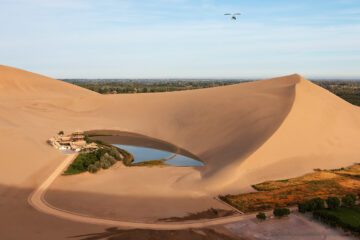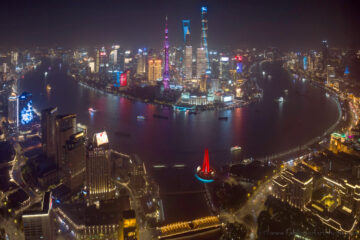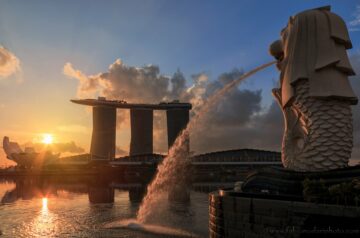Are you looking for something interesting to do in Jiangsu province? In this article, you can find some helpful info to explore Xuzhou and Suqian, two off-the-beaten-path cities in the north.
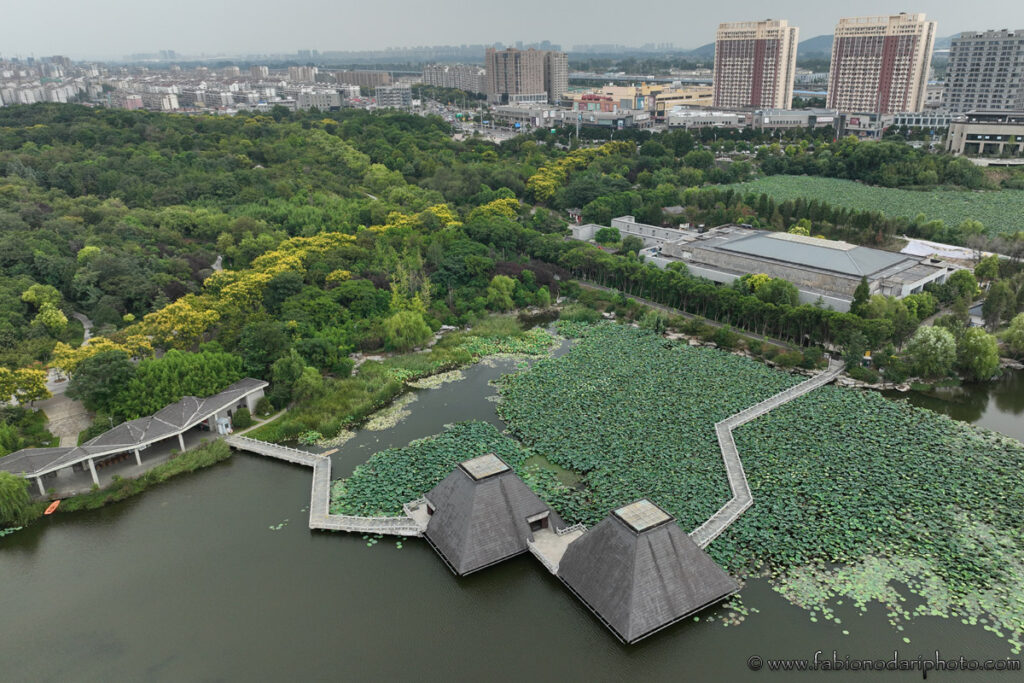
Quick guide to Xuzhou and Suqian, Jiangsu
Best time to visit: Spring or Fall
How many days: 4 days in total should be enough to see the most interesting places
Why it’s worth visiting: Jiangsu offers the best Chinese cuisine, and Xuzhou and Suqian are two key cities to discover the Han Dynasty.
Where to sleep: the best search engine in China is Trip.com. The others don’t offer many options.
During my first trip to Jiangsu (here is my guide), I visited Wuxi, Taizhou, and Nanjing in the southern part of the province. This time I travelled north, looking for culturally rich and off-the-beaten-path locations, and I wasn’t disappointed.
Here are some interesting facts about Jiangsu province, useful to give you some context about this important area in China:
- Since around the 6th century, Jiangsu has been an important economic and commercial center, partly due to the construction of the Grand Canal.
- Jiangsu is regarded as one of China’s most developed provinces. Its nominal GDP per capita is the highest in the country.
- If it were a country, Jiangsu would be the world’s tenth-largest economy and the 19th most populous.
Xuzhou and Suqian are two cities that, in the past, were very important and retained some of their original splendour.
Why is it worth visiting Xuzhou 徐州 and Suqian 宿迁?
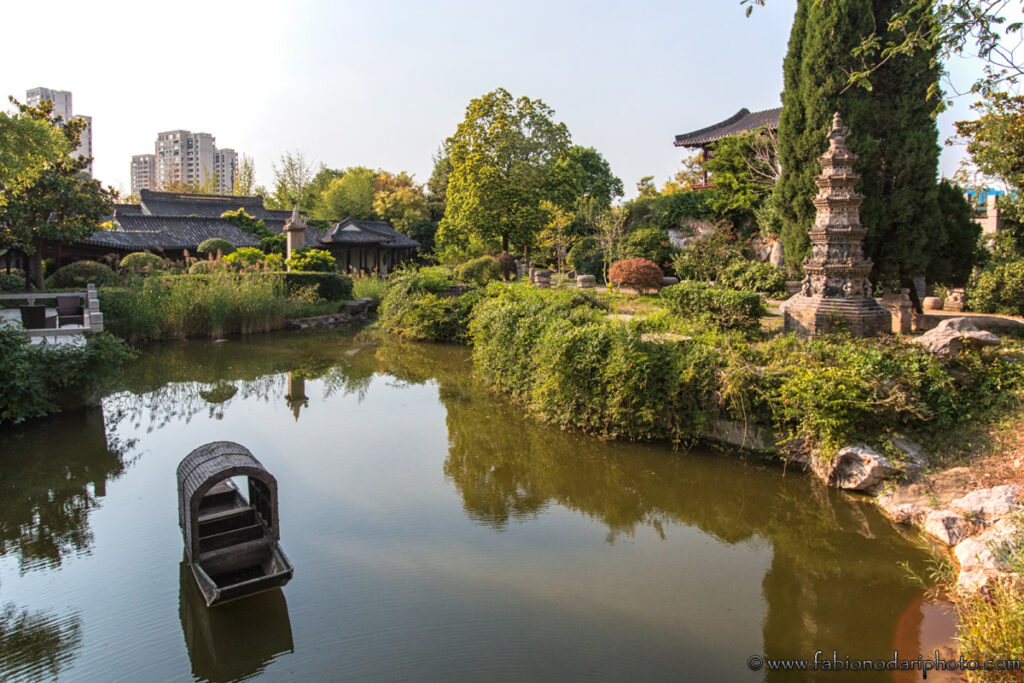
Xuzhou 徐州 and Suqian 宿迁 are two cities that were the heart of the Han dynasty, which ruled over China for about 4 centuries, between 202 BC and 220 AD and was established by Emperor Gao.
The Han Dynasty influenced the identity of the Chinese civilization. Modern China’s majority ethnic group refers to themselves as the “Han people,” the Chinese language is known as the “Han language,” and written Chinese is referred to as “Han characters”.
Visiting Xuzhou and Suqian will help you learn more about the country’s past, and you’ll see some unique places you have probably never heard of, such as Chu King’s tomb, but you’ll learn that these places have also played an essential role during the more recent civil war.
What to see in two days in Xuzhou 徐州
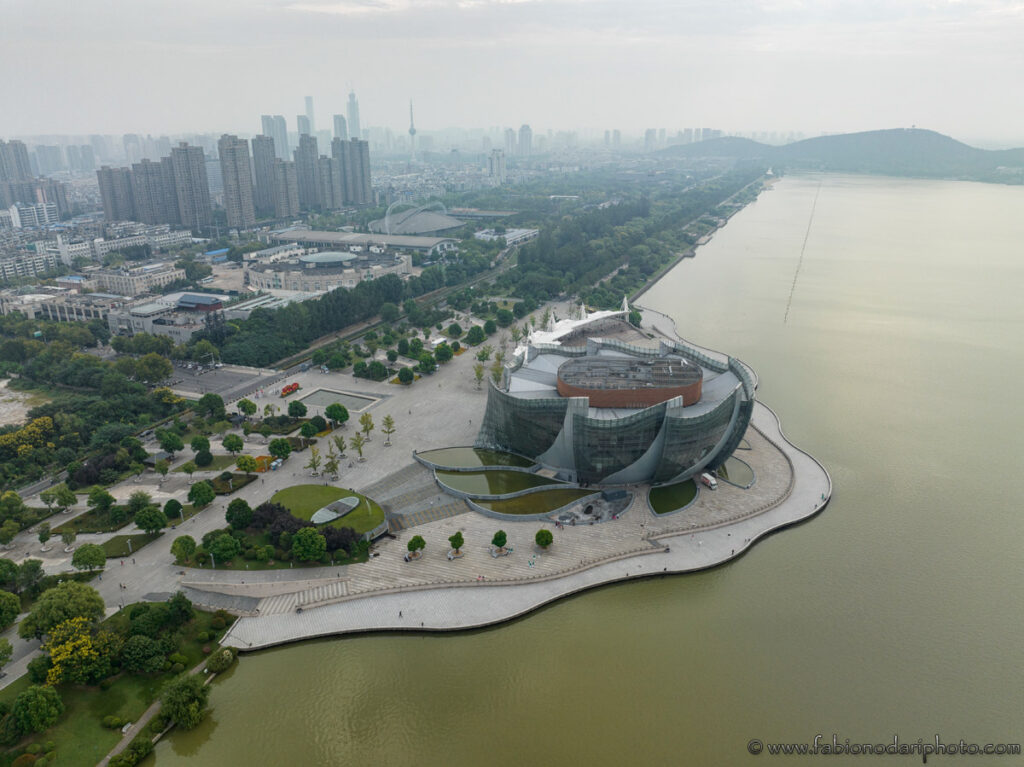
Also known in the past as Pengcheng (彭城), Xuzhou is a city with a population of about 9 million people and is an essential node of the Belt and Road Initiative. It has a small airport and is also well connected to the rest of the country via high-speed trains.
As for the hotel I recommend this one, located right next to the lake.
Lake Yunlong 云⻰湖
One of the area’s natural landmarks is Lake Yunlong 云⻰湖 (unfortunately, there was bad weather when I visited, so no decent pictures), considered an AAAAA (the highest possible rating) attraction. It’s the ideal place to relax surrounded by nature and some local people practising Tai Chi or simply enjoying the views. Due to its beauty, Yunlong is sometimes called Hangzhou Sister Lake, a reference to Hangzhou’s famous West Lake.
Guishan Tomb 龟山汉墓
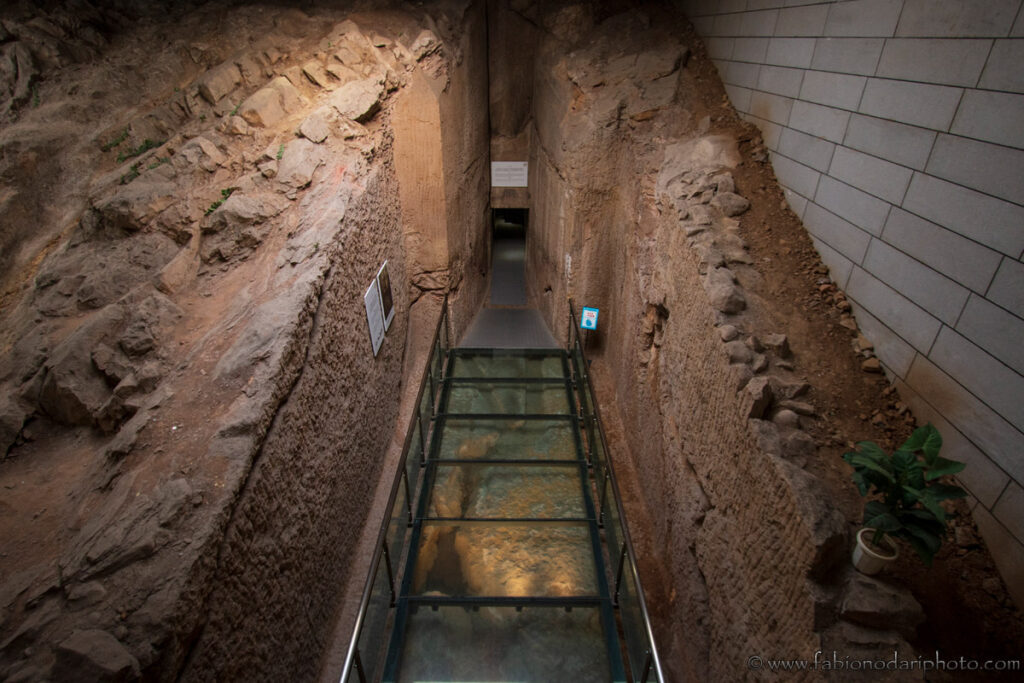
Guishan Tomb 龟山汉墓 (Guishan means Turtle Hill) is the tomb of Liu Zhu 劉注, also called King Xiang of Chu 楚襄王, who lived between 129 BC and 117 BC. It was discovered in 1981 by a local farmer.
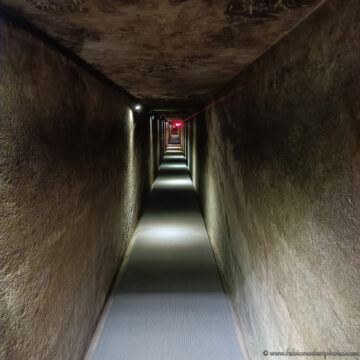
It took 13 years to be completed, and it’s built inside a hill excavated to accommodate the deceased king and several other chambers that contained some tools to be used in the afterlife.
The entire underground area covers a surface of about 700 square meters. What’s particularly interesting about this tomb are the main tunnels dug with incredible precision.
You can see a laser light pointing to this fact in the picture.
After several secondary chambers, you’ll get to the final one, where the King was buried along with a terracotta chariot.
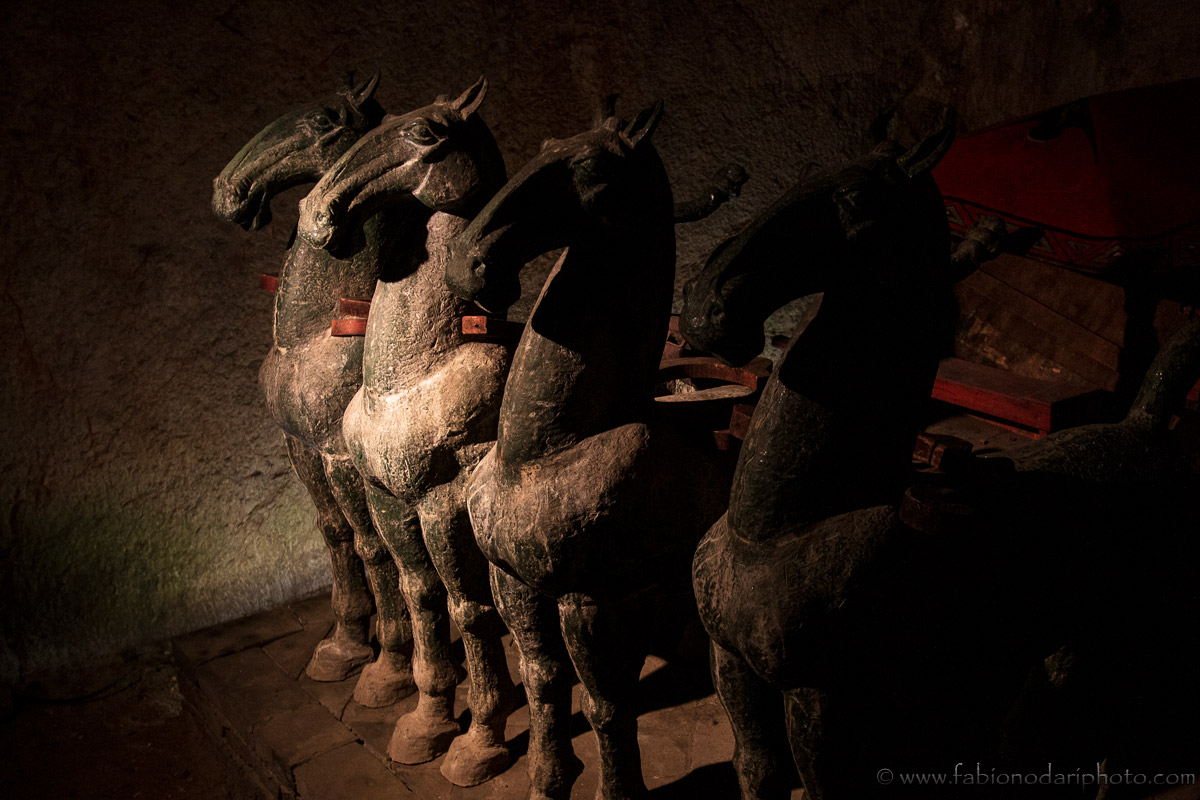
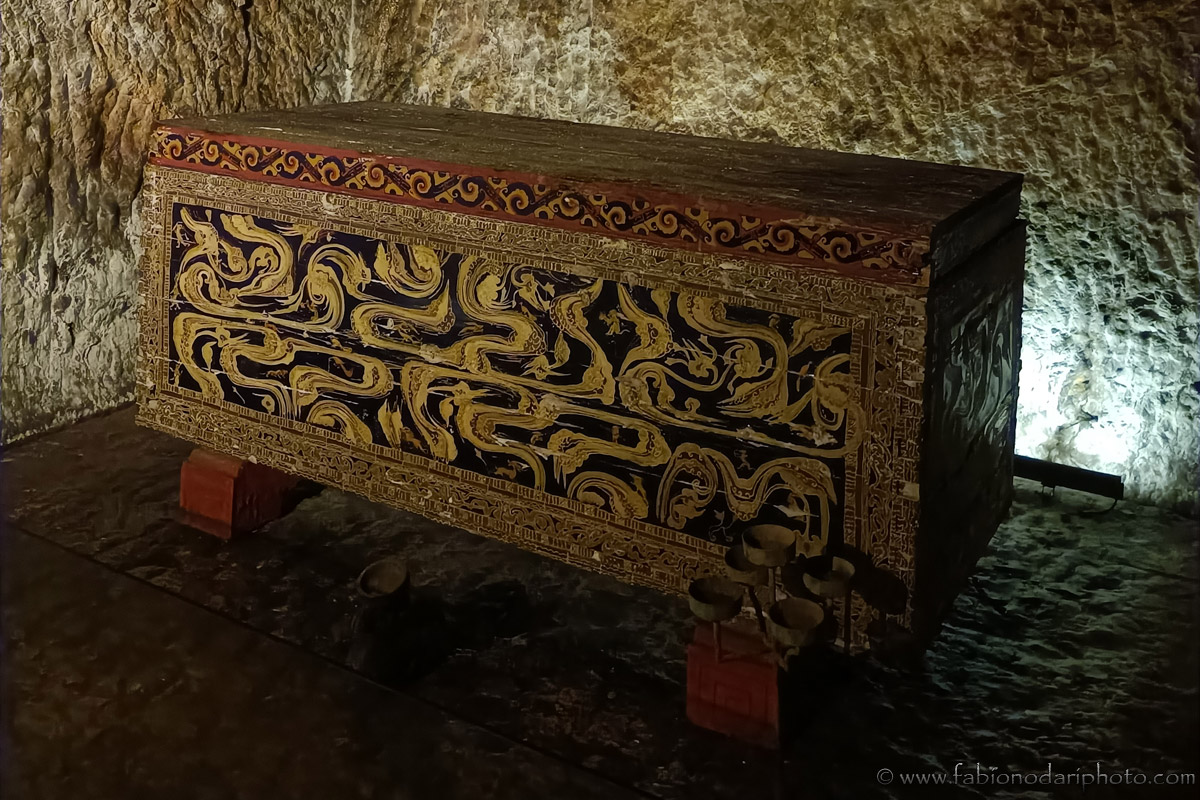
In the same park, besides the tomb, you can visit the Imperial Edict Museum, which displays some interesting artefacts from the Han dynasty.
Mausoleum of the King Chu 狮子山西汉楚王陵
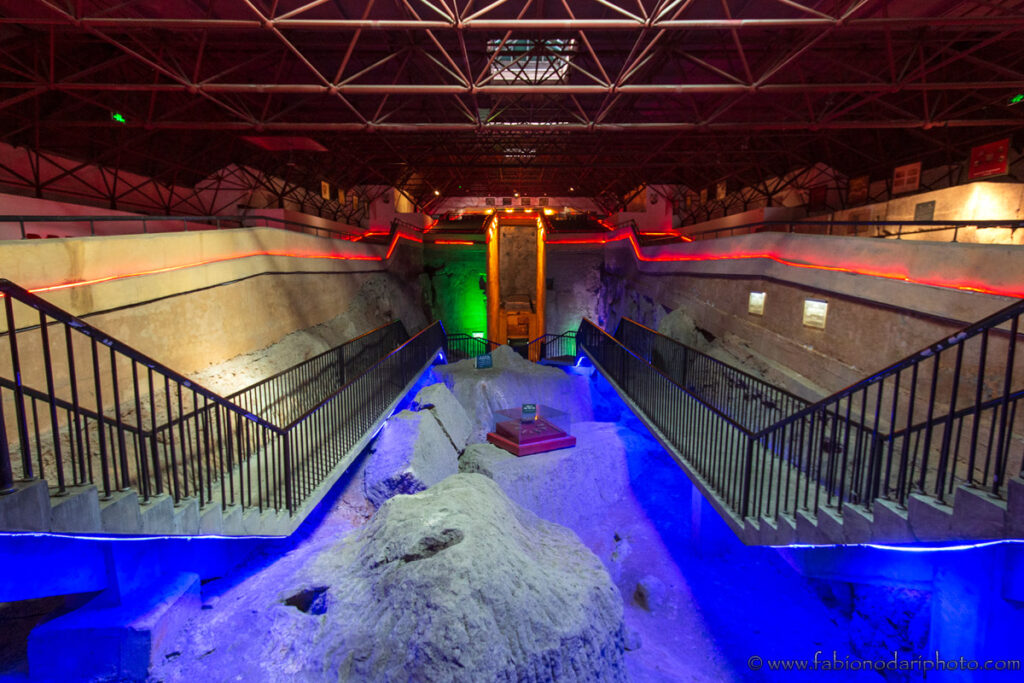
On the second day, you can visit another tomb: the King Chu mausoleum. Similarly to the Guishan tomb, this one was discovered only recently, in 1991.
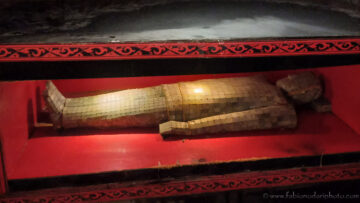
The tomb is in a huge park with several museums and a small lake. It will take several hours to explore the whole area.
Archaeologists believe that this is the tomb of King Liu Yingke 劉郢客, also called King Yi of Chu 楚夷王, who ruled between 178 BC and 174 BC. There are 12 chambers, including the burial places of the official chef of the king, who was so skilled that he was buried alive to prepare food in the afterlife.
Terracotta tiny warriors
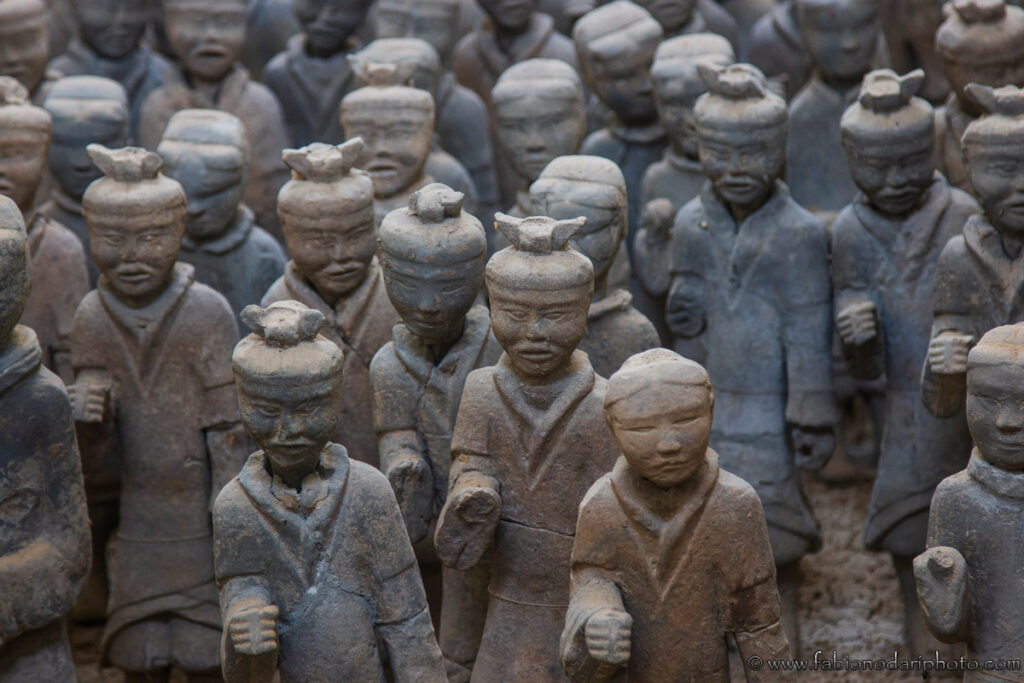
Before the mausoleum was discovered in 1991, a set of tiny terracotta warriors was unearthed on the other side of the hill. Several terracotta warriors have been discovered in other areas of China, the most famous being in Xi’an. As you can see, they are not holding anything in their hands because the original weapons were made with perishable materials.
Yaowan Ancient Town 窑湾
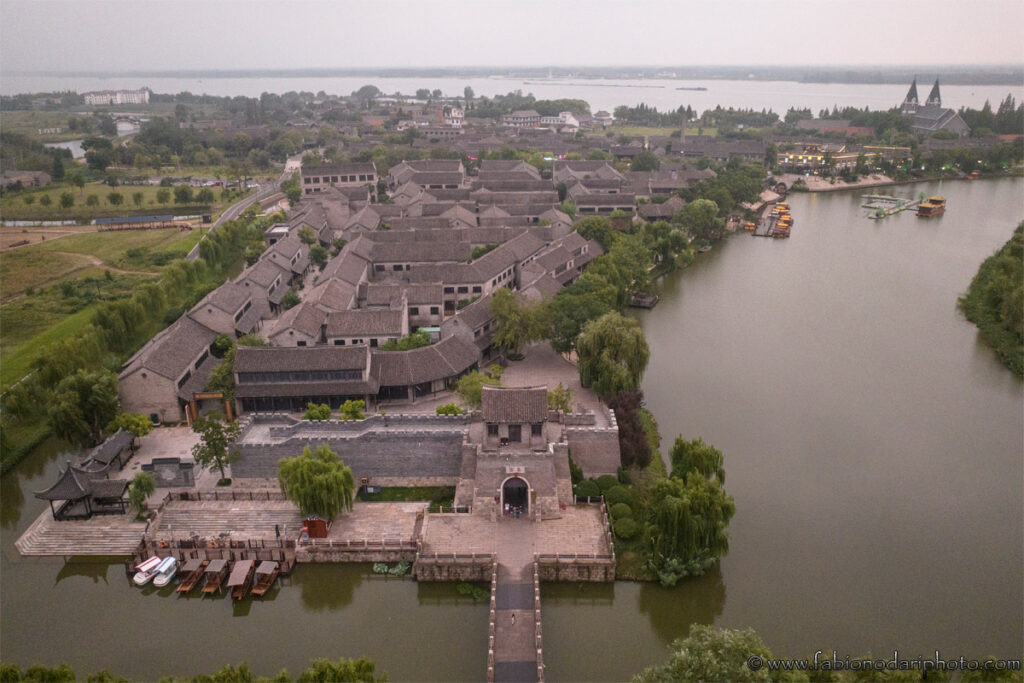
Located at the Beijing-Hangzhou Grand Canal and Luoma Lake intersection, Yaowan Ancient Town is an ancient town with an extensive history. It thrived partially thanks to the fact that it was allowed to tax the merchants passing by.
More recently, it was the battlefield between the forces of Mao and the Nationalists of Chiang Kai-shek. This area was one of the first places where the two armies started to fight against each other. Inside the city, you can visit a small museum describing a famous battle that took place here.
What to see in one day in Suqian 宿迁
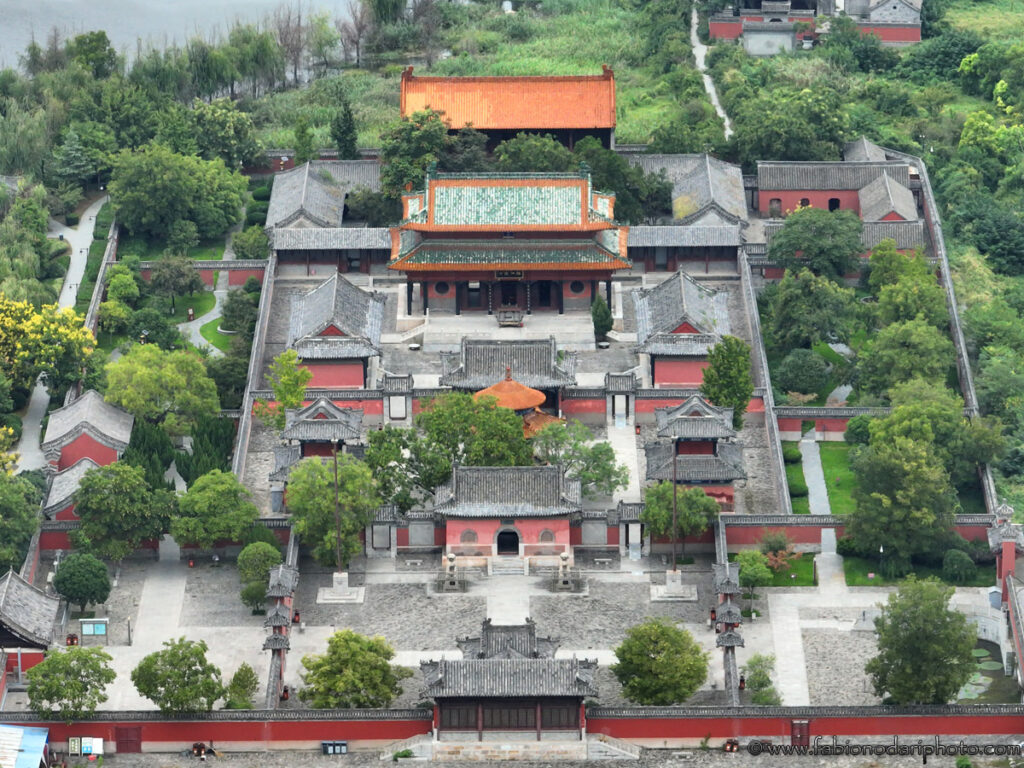
Suqian is a relatively small city (by Chinese standards) with less than 5 million people living there. Like Xuzhou, Suqian also played an essential role during the Han Dynasty and the Civil War.
Qianlong Palace
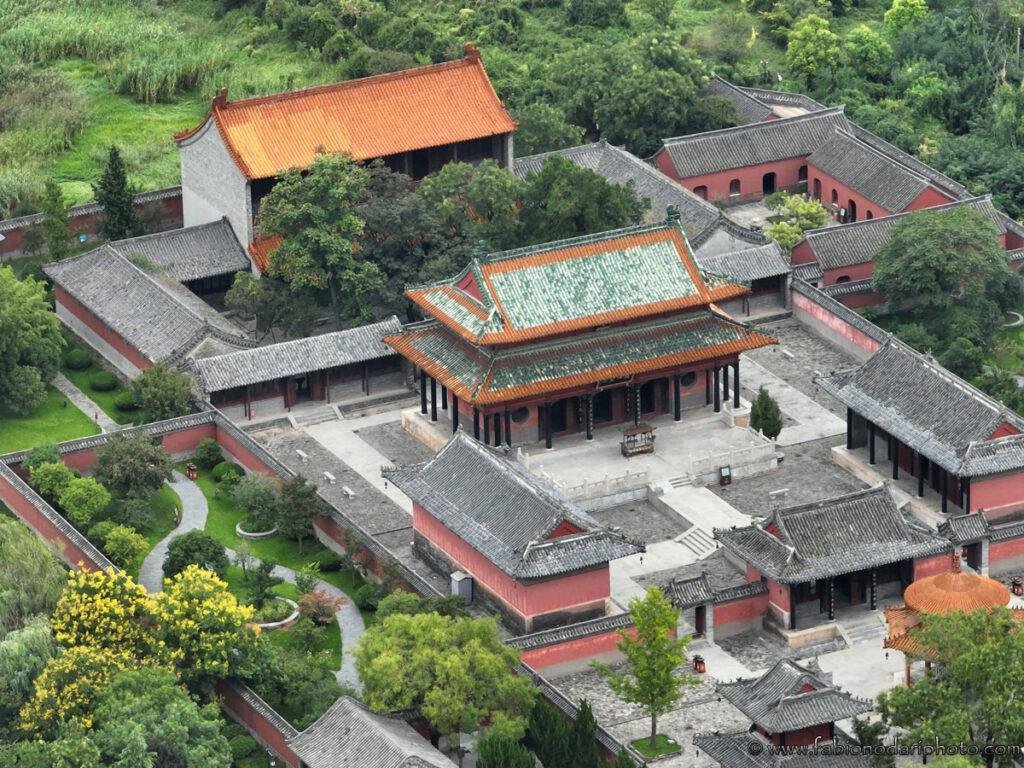
This palace was used 5 times by the emperor Qianlong, and according to local stories, to avoid curious eyes, it was said that this was a monastery.
The emperor travelled to Suqian via the grand canal and used this palace as a summer residence. It included the small area with the quarters for his concubines. He had over 70, but only a few of them had the “privilege” of sleeping with him.
Xiang Yu Village 項羽
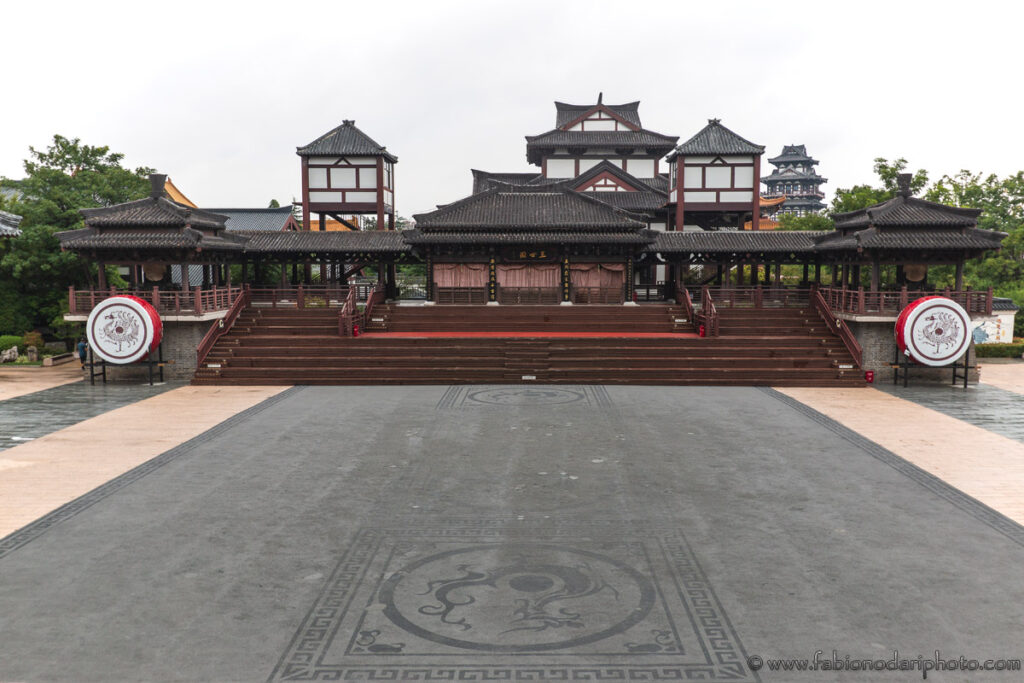
Suqian is the hometown of one of the most famous Han warriors, Xiang Yu 項羽. A noble of the Chu state, Xiang Yu rebelled against the Qin dynasty and became a prominent warlord.
He became a legend when his 20.000 soldiers defeated the 300.000 soldiers led by Zhang Han of the Qin dynasty. The enemy soldiers who surrendered were buried alive. You can learn more about this important warlord on this page. He was responsible for ending the Qin dynasty by killing its last emperor.
Final thoughts
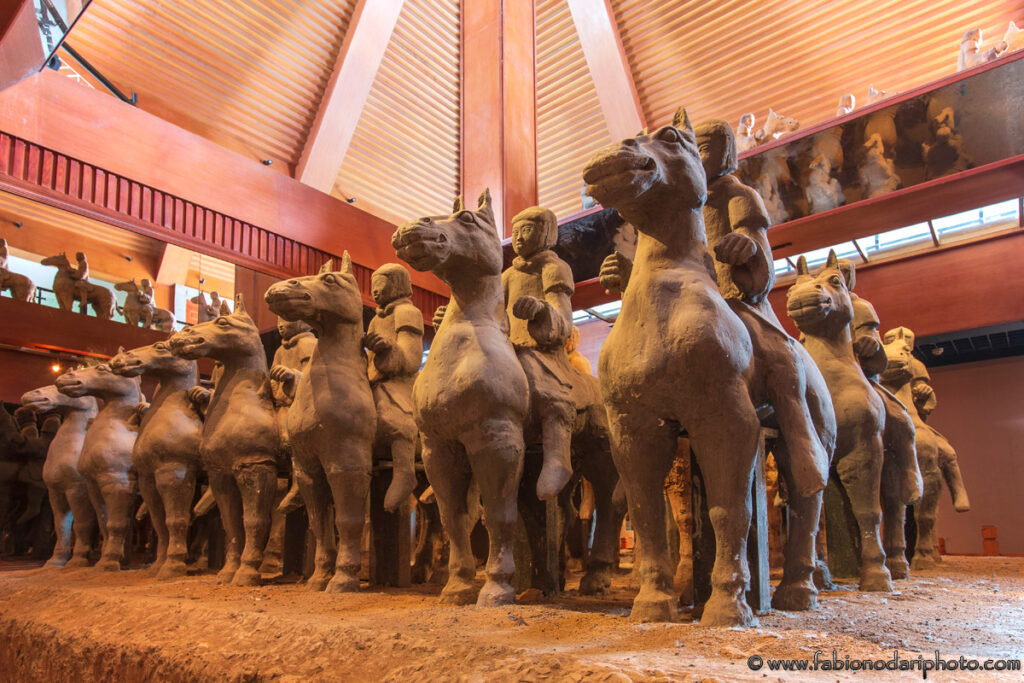
Xuzhou and Suqian are not the first two cities that come to mind when planning a trip to Jiangsu. The more famous Suzhou, Wuxi, and Nanjing often overshadow the other touristic spots in the province.
Xuzhou and Suqian are worth a visit, though. Whether you are interested in the Han dynasty or simply looking for something a bit off the beaten path that is not often mentioned in many travel guides, Jiangsu province has got you covered.
On top of that, this is one of the provinces with the best food in all of China. Its millenary history and the lovely people living there will not make you regret the decision to explore a little-known corner of the province.
Here you can find my guide on what to visit in Nanjing.
